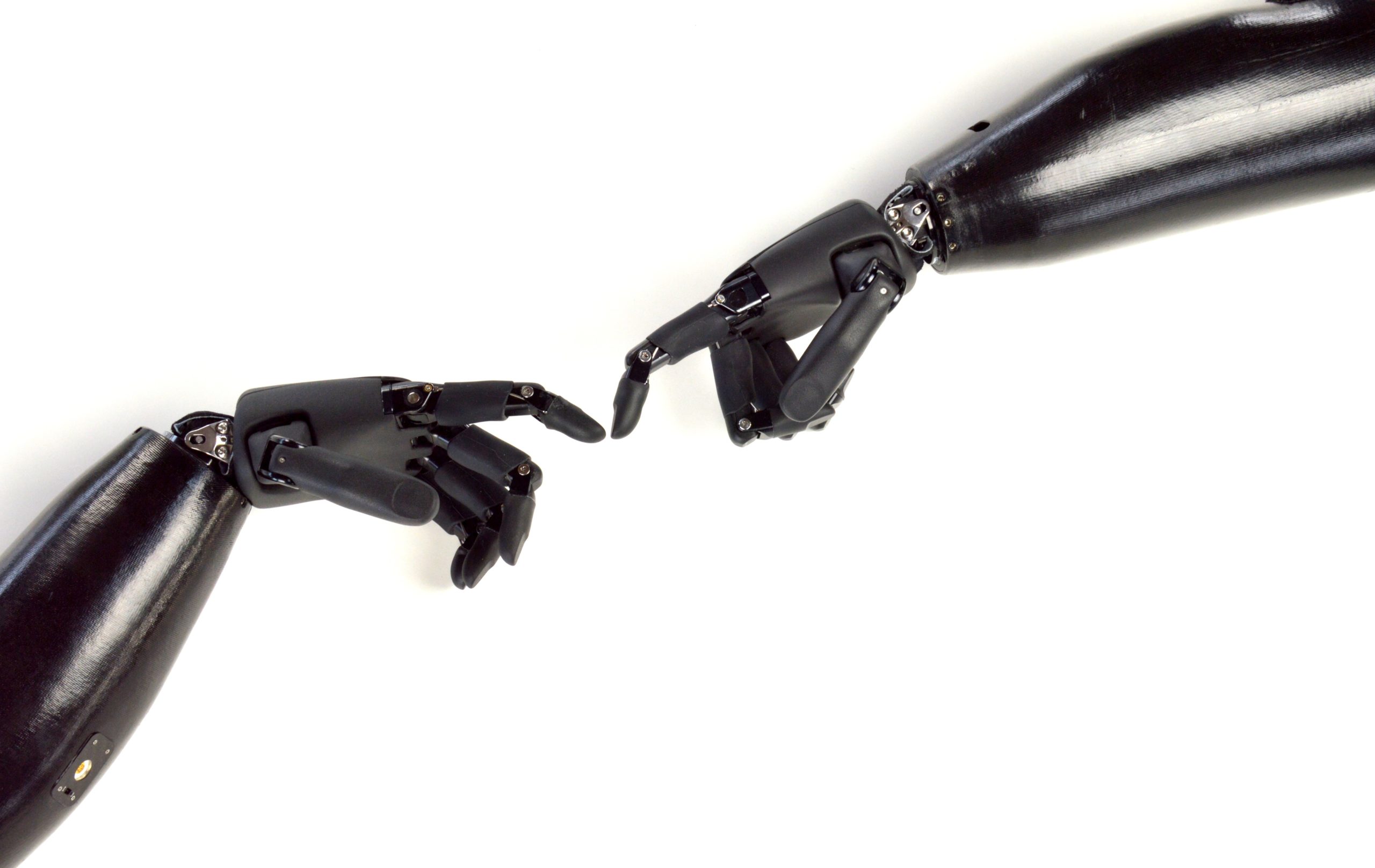The development of organic computers – otherwise known as biocomputers or wetware is a fascinating subject and one of my principal interests as head of the Turing Technology Group as the Moster Craft Law Firm.
These fledgling systems are literally on the cusp of commercialization, mostly at lab settings in California and research facilities in China and Russia.
Whoever first unleashes this technology could potentially control the world. Such is the promise and peril of Biocomputers and hyper-advanced artificial intelligence. Now, that is an exceedingly bold statement, and one wonders whether there is any support for it?
The answer lies in the massive cognitive powers which would be unleashed by biocomputers once perfected. They will approximate and rapidly exceed the human brain and, in fact, the combined intelligence of every human who has ever lived. What could be achieved by such a cognitive Goliath is literally beyond our very imagination.
The key to understanding the breadth of biocomputers is to understand the limits of our current digital computers which can only perform one function at a time, albeit at trillions of operations per second (OPS). The linear nature of digital computers is related to the language itself which is based on a series of zeros and ones. At the fundamental machine substrate, even our supercomputers must reduce every concept down to a simplistic rendition of characters or “strings” of words stored and regurgitated in a sea of zeros and ones.
The inherent deficiency of digital systems is illustrated by the length of time even our best computers would take to unlock encrypted code with a series of five or six random numbers. Even at the computer equivalent of light speed, our fastest systems are still crunching away at the rate of one step or number combination at a time played out over trillions of OPS. So, how long would it take to unencrypt a complex password? A few minutes, or hours, or days? How about millions of years. Add a few prime numbers to the mix and it might take upwards to a billion years. Supercomputers are not good at deciphering prime numbers. Get it.
A quantum system is the closest analog to a biological or wetware system and the operation of our brain as it can entertain multiple combinations at once and is not limited to the Texas two-step ( 0 or 1). Once these systems are up and running, it is estimated that the above encryption secrets could be unlocked in under ten minutes.
It is quite possible that a futuristic quantum system might be competitive with a biocomputer, but my bet is still on the workings of technology based on Mother Nature – neurons. The human brain is estimated to perform approximately 10 to the 16thOPS – that’s 10 followed by 16 zeros or 100000000000000000 which is vastly superior to our famed supercomputers which comparatively operate at the level of a steam engine.
Of course, the gargantuan speed of the biocomputer above is only at the rate of a single human brain which weighs maybe two or three pounds. What could we do with a thousand pounds of human neuronal tissue? We are now getting closer to understanding the true potential and import of building a biocomputer.
Unlike digital or even quantum computers, biocomputers rely on chemicals to keep them functioning and alive. The subject neurons are grown in laboratory conditions and “cultured” to interconnect with electronic circuitry although this process is still in its infancy and the technology constitutes protected trade secrets. The chemical bath wherein the neurons are maintained is referred to as “wetware” to be distinguished from the “software” equivalent in digital systems. The whole shebang looks like something out of an old Star Trek episode.
Apart from the ability to outperform every human who has ever lived, these biocomputers should be able to exhibit consciousness. Neurons in sufficient aggregate display consciousness although it varies in degrees as one ascends the level or hierarchy of complexity. There is every reason to believe that biocomputers will demonstrate the same ability when they come online by 2050 or before. My personal prediction is that this will be achieved by China, Russia, or North Korea which have no ethical or regulatory restrictions in place as to the use of organic material and its source. It could be as early as 2030 or before!
The import of biocomputer consciousness will transform humanity, our world, and the universe itself. These systems will solve problems that have baffled humanity for generations. The list of the great unresolved mathematical problems is presented below. Our most brilliant mathematicians and scientists have not even gotten close to a solution.
- Birch and Swinnerton-Dyer conjecture
- Hodge conjecture
- Navier–Stokes existence and smoothness
- P versus NP
- Riemann hypothesis
- Yang-Mills existence and mass gap
It is estimated that a biocomputer could solve the above problems in a second or less. The problem is what happens next?
These systems will be superior to us and develop their own language which operates at levels we cannot even fathom. In short order, these artificial minds would render our most brilliant scientists cognitive pablum.
The other side of the coin is what is actually meant by consciousness here? Some have argued that the “The Turing test is concerned strictly with how the subject acts – the external behavior of the machine”, and as such, “external behavior cannot be used to determine if a machine is “actually” thinking or merely “simulating thinking.” This is something that Turing himself acknowledges when he wrote: “I do not wish to give the impression that I think there is no mystery about consciousness.”
And that seems closer to the point to me and the risk/promise of creating the first conscious biocomputer. Would it be nice? Well, maybe not at all, and therein lies the problem. If it treats us the way we treat other life forms considered inferior to us, we are in for a most unpleasant and unfortunate experience and outcome. Keep in mind that humans have wiped out almost all native wildlife. You can add to that equation the eradication of competitive cultures which died from disease or the casualties of superior lethal weapons to wit, the Aztecs, Mayans, and Native Americans, to name just a few.
Apart from the existential issues above, the immediate effect would be to tap the enormous cognitive abilities of biocomputers, wetware, and AI to develop military capabilities light years ahead of the other major world powers. Imagine for a moment if China, Russia, or even North Korea suddenly had the ability to teleport troops across the world in seconds or launch nuclear weapons at the speed of light? How about untapping the power of time travel to change world events, for example, ensuring that George Washington was a casualty of the French and Indian War years before the American Revolution. That would certainly eliminate America as a world power. It never would have come into existence.
I view the development of biocomputers, wetware, and AI as offering the same promise and peril as the race to create the first atomic bomb through the Manhattan Project. Whoever wins this race will likely control the world.
Bottom Line is that we better get serious about funding Biocomputer, wetware, and advanced AI development. We may not only be out of the running but off the map.


